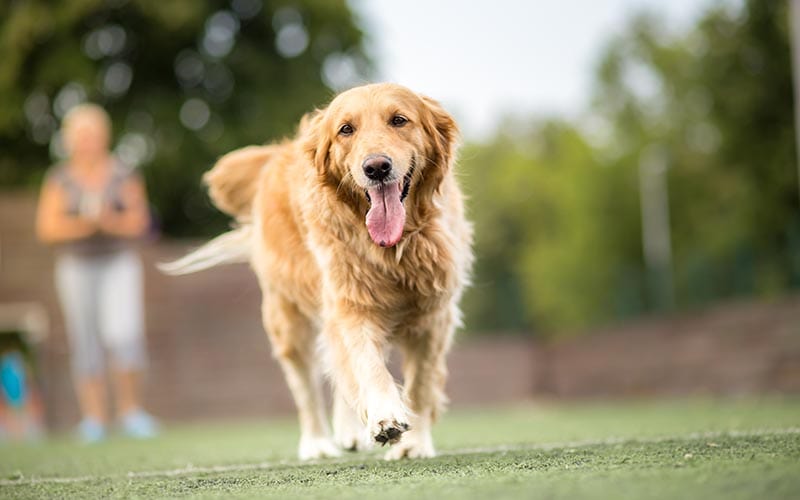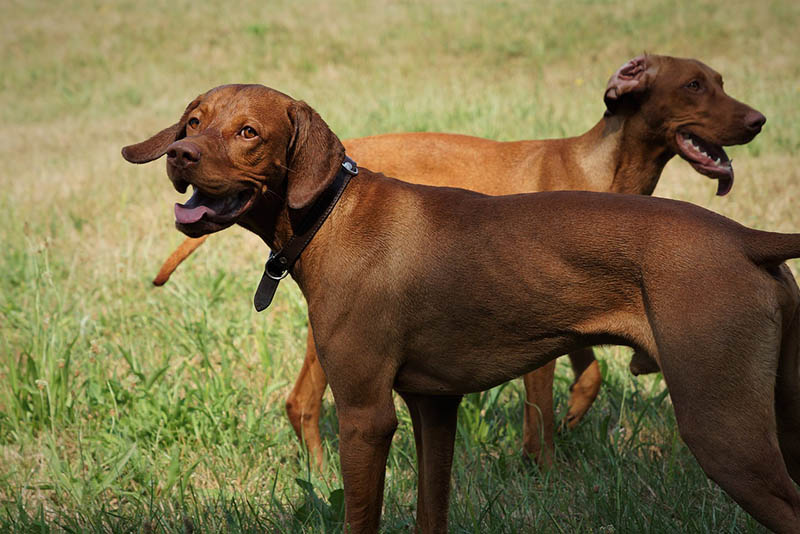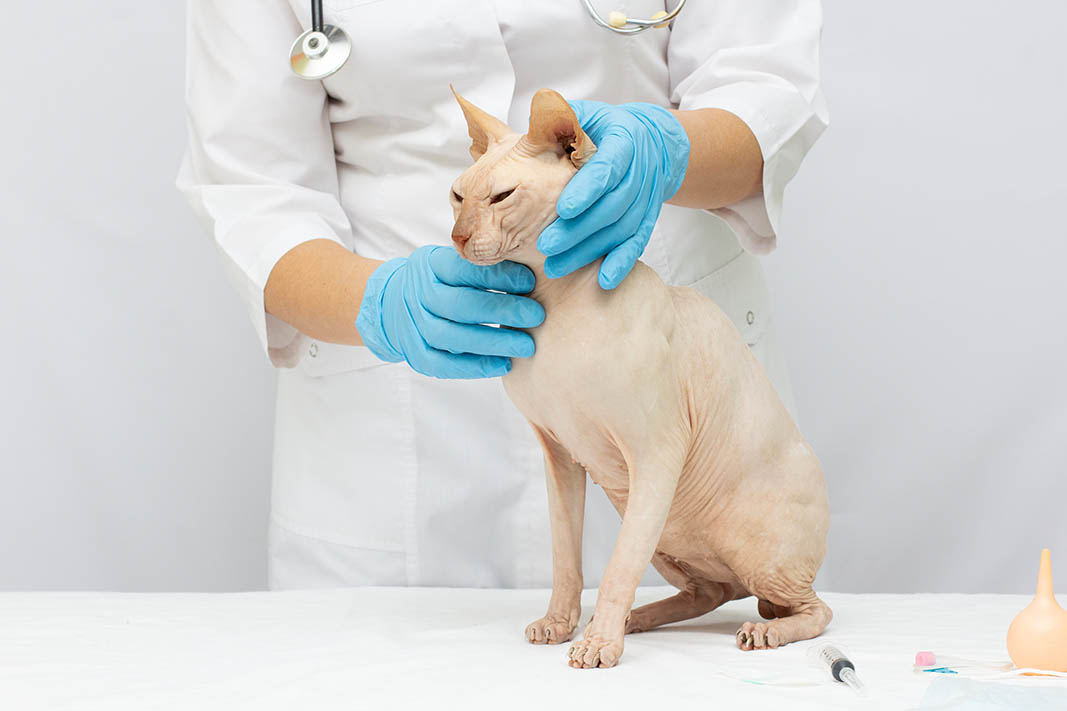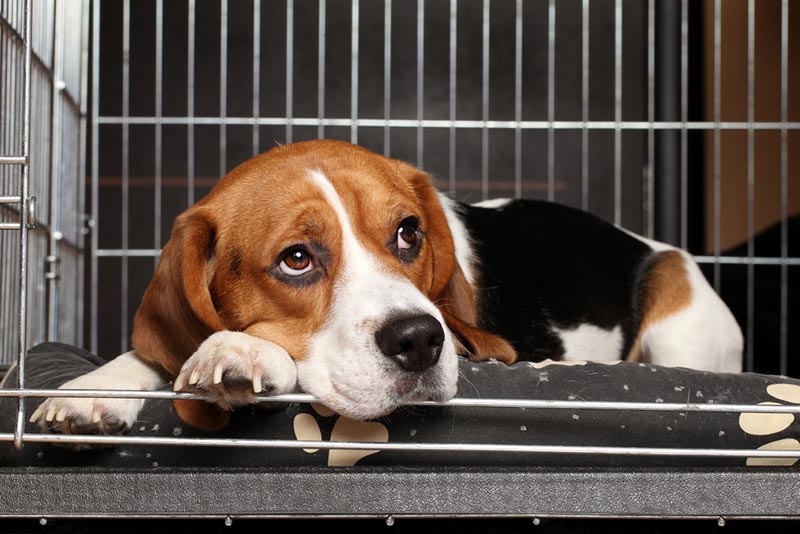How Much Does It Cost to Cremate a Dog? 2024 Pricing Update
By Brooke Bundy
Updated on
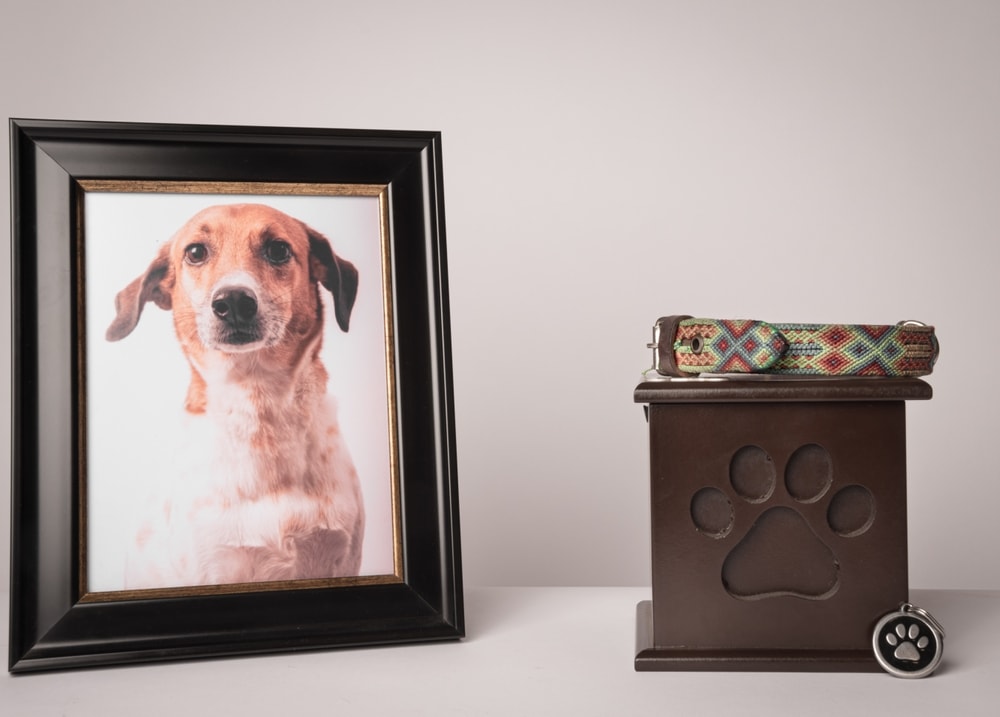
The precious last few days of your dog’s life are often filled with last-minute decisions, from medical complications to burial options. You’ve been with them through everything they’ve encountered during their life on Earth, and it is a heartbreaking but lovely honor and privilege to see our friends to the rainbow bridge 1.
As much as possible, these times should be focused on cementing the bond between you and your best furry friend, not worrying about the financial decisions that will need to be made. Cremation is growing in popularity for pet owners and can be relatively inexpensive, depending on whether you choose a communal or private method. Depending on the services you choose, it can cost between $30 and $300 to cremate a dog. Here’s a brief breakdown of what you need to know about cremating a dog, including how much it costs and what your alternatives are.
Why Cremate Your Dog
If you’re thinking about having your pet cremated, you should know that there is no right or wrong decision for burial. Ultimately, you should choose the burial method that feels right to you. While not necessarily the right answer at all times, cremation may be a better option in certain cases.
For example, it can be a wise choice for renters since you are able to move your pet’s remains with you as opposed to a burial in your backyard or pet cemetery. Cremation can also bring some relief to grieving pet parents since their urn or box can be placed in a prominent area of their home. Alternatively, you can also incorporate your pet’s ashes into pieces of jewelry to wear every day.
While dogs generally cannot be buried in a human cemetery, their ashes are often allowed to be buried or scattered with their owners when they die. This depends on your local laws, so be sure to check before making your final decision.
For those pursuing cremation, there are two main types of cremation: communal (also called group cremation) and individual (also called private cremation).

Communal Cremation
Communal cremation is the cheapest option, but in this case, the body is cremated in the same chamber as other pets. Owners do not receive the cremains (ashes) in a communal cremation. This option can be right for you if you’re planning on honoring your pet’s life in another way besides holding on to their cremains. Since it’s an inexpensive option, it can also be an appropriate choice if you’re feeling weighed down by the medical expenses that often arise when a pet dies. Often after communal cremation, pets’ cremains are sprinkled in a pet cemetary, though check with the specific crematorium for more information.
Private Cremation
In a private cremation, the body is cremated separately from other dogs, unlike how they would be in a communal method. This means that you are receiving your individual pet’s cremains upon their return and can then place them or bury them as desired. This method is the more expensive option of the two, as the process is more involved.
How Much Does Cremation Cost?
The cremation method and the size of the body are the biggest variables when it comes to price. In general, communal cremation is the least expensive option and typically costs between $30 and $100. Private cremations usually cost a little more, averaging between $75 to $300.
Additional Costs to Anticipate
Cremation costs cover the process and typically include a box or sachet to hold your pet’s ashes. Some companies offer packages with extra features, such as imprinting your dog’s nose or paw print. Additional costs to anticipate include finding an urn if you choose to store your dog’s ashes in a more elaborate vessel, or finding an artist who can incorporate the ashes into an intricate piece of jewelry. Other additional costs can include if you would like to visit your pet during cremation, or have their body picked up from your home, and taken directly to the crematorium.
Does Pet Insurance Cover Cremation?
Unfortunately, most pet insurance policies don’t cover cremation. The reason is that it’s not considered a medical procedure. Check with specific providers as there may be some exceptions. Typically, though, burials come at the pet parent’s expense.

What Are Some Alternatives to Cremation?
If you decide cremation doesn’t feel quite right, you still have options for a way to memorialize your pet.
Check with your local government to see if a home burial is legal in your area. This choice allows your pet’s remains to stay close to you, but it does take a little more planning and a lot of effort to dig the hole. Depending on the size of the body, you’ll need to bury your pet between 2 and 6 feet deep. Burying them in a wooden or metal box is recommended to prevent wildlife from trying to dig up their remains.
Most pet parents bury their dog in their favorite blanket and may choose to include a few of their toys. Wrapping their body for burial can be deeply distressing, but it can be strangely comforting to know that you were the one who cared for them from beginning to end. If you choose a home burial, we recommend asking people you love to be involved. You may need help digging the hole, preparing the body, or need emotional support at the end of the day when the house is quiet.
You might also be able to bury your pet’s body in a pet cemetery if your city has one. You can often buy an individual or communal plot, depending on your preference. Your vet may also offer to take care of the body for you, or suggest donating it to research, especially if your dog suffered from a rare disease.

What’s the Best Way to Honor My Pet?
Ultimately, you must make the decision that you feel is best. Pet parents may hold different beliefs about their pet’s body that can affect their final choice. For example, pet parents who have a harder time separating their dog’s body from their spirit may feel distressed at the idea of cremation. On the other hand, pet parents who believe that their dog’s spirit has departed may feel comforted with the idea of holding their ashes.
Besides burial options, you may also want to plant a garden in their memory or invest in a grave marker or memorial stone. If you received a nose or paw imprint, you can turn it into a piece of jewelry or an ornament to remember your pet in years to come.
Conclusion
Like most of the decisions you’ve made as a pet parent leading up to this moment, the choice of how and whether to cremate your dog isn’t an easy one. However, rest assured that there isn’t a right way to do it, and you have options. Communal cremation can take some of the pressure off your dog’s final expenses, but it might not feel right for some pet parents who may prefer individual or private cremations.
Once you make your decision, be sure to clarify with your vet or the memorial company whether you’d like to receive the ashes to avoid further distress. Whether or not you decide cremation is right for you, there are many ways to memorialize your pet past this process, including planting a garden, setting up a marker, or even donating to your local animal shelter in their memory.
See Also:
Featured Image Credit: Claudia Luna Mtz, Shutterstock





